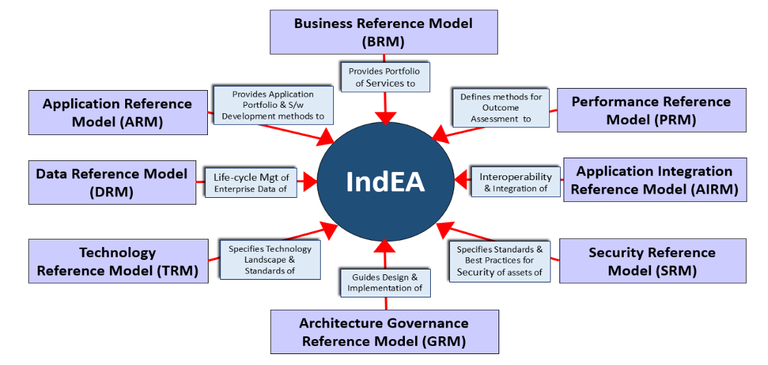India Enterprise Architecture (IndEA) 2.0.
Figure 3: No Copyright Infringement Intended
Context:
- The Ministry of Electronics and Information Technology (MeitY) has proposed a new model of “Federated Digital Identities” under the India Enterprise Architecture (IndEA) 2.0.
Need of IndEa
- Citizen Centric Services: Due to rising interdependencies, the lines between roles, jurisdictions, and public-private organisations are blurring, necessitating citizen-centric rather than organization-centric approaches to creating digital services.
- Better management of operating cost: More logical IT investment planning, cost savings from reusable and interoperable systems, and speedier design of better architectures
- Better experience: It means a more holistic and seamless experience for citizens across organisations. And it holds out the enormous prospect of innovation to the sector.
- Benefit to all stakeholders: Government officials, as well as architects and system designers in the public and private sectors, will benefit from the InDEA 2.0 framework.
About InDEA 2.0
- InDEA 2.0 presents a Federated Digital Identities paradigm that aims to reduce the number of digital identities required by citizens.
- A citizen's many digital IDs, ranging from PAN and Aadhaar to driving licence and passport numbers, can be linked, stored, and accessed through a single unique ID under the new approach.
- Citizens can use their digital ID "to access other third-party services through authentication and consented eKYC," according to the government.
- It would also act as a key to a registry that would store all of the different state and central identities.
- It enables governments and private-sector companies to create IT architectures that extend beyond their organisational borders, allowing them to provide customers with comprehensive and integrated services.
India Enterprise Architecture (IndEA)
- It was first conceived and designed in 2017 "with the goal of facilitating alignment of IT advances with government organisations' business visions."
- IndEA provides a generic framework (based on TOGAF) that consists of a set of architectural reference models that may be turned into a Whole-of-Government Architecture for India, Ministries, States, Government Agencies, and other entities.
- The IndEA framework is built on a federated architecture approach that understands the requirement to support both greenfield (new) and brownfield (current / legacy) eGovernment activities.
Aims:
- Documenting and communicating architecture best practises, both explicit and implicit
- Assisting with the creation of enterprise architectures.
- capturing important architectural features and their interrelationships
- By establishing an audit procedure, we may provide the means for architecture governance.




1.png)
